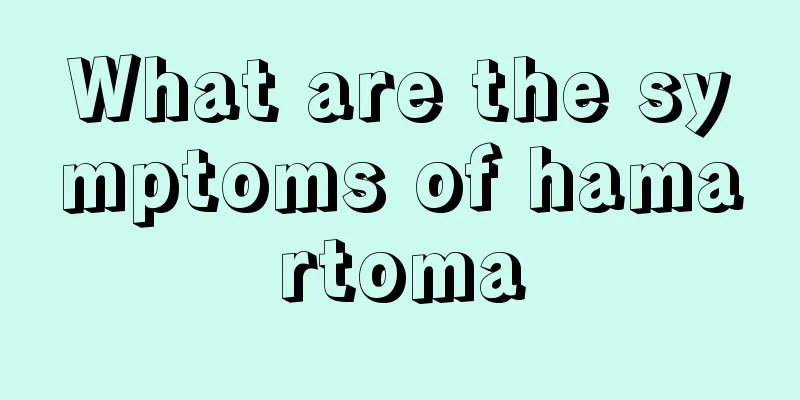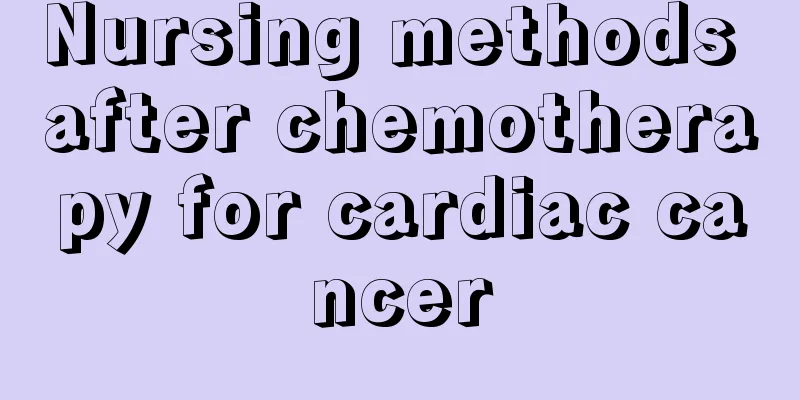What to do if you have hand eczema?

|
There are many causes of eczema in life, such as climate change, and the patient's hands will show small flaky skin lesions, swelling of the skin around the nails, etc. In the face of these symptoms, experts recommend the use of internal or external medications, or of course both at the same time. 1. Causes It is caused by the interaction of external and internal factors. External factors such as various chemicals (such as cosmetics, soap, synthetic fibers), animal fur, living environment, climatic conditions, etc. can induce hand eczema. Internal factors such as food, mental stress, insomnia, excessive fatigue, mood changes, etc. can create conditions that aggravate hand eczema. 2. Clinical manifestations The skin lesions of hand eczema present as subacute or chronic eczema, often occurring on the back of the fingers and the palms of the fingertips, and can spread to the back of the hands and wrists, with unclear boundaries or small flaky lesions. In chronic cases, the skin may become infiltrative and hypertrophic, and cracks may occur due to finger movements. The skin around the nails swells, and the nails may become thick and irregular. Hand eczema can also occur on the palm side, which is localized, but the edges are not obvious, mostly rough, with papules, herpes, and infiltration and hypertrophy, and often cracks in winter. When hand eczema only occurs on the fingertips, it is also called fingertip eczema. When it occurs in the middle of the palm and the palm side of the fingers, the skin lesions are dry, the keratin proliferates, and the cracks are called chronic recurrent vesicular/keratin hyperplastic hand eczema. Skin lesions may also occur in the skin between the two adjacent fingers and the distal metacarpophalangeal joints of the palm. The lesions are apron-shaped and are also called apron-like eczema. Hand eczema caused by frequent contact of hands with animals and internal organs is also called slaughterhouse eczema. Treatment 1. Internal medication treatment The purpose is to fight inflammation and relieve itching. Antihistamines, sedatives, etc. can be used, and antibiotics can be added for those with secondary infections. 2. Topical medication In the subacute stage, glucocorticoid emulsions and pastes can be used, and antibiotics can be added to prevent and control secondary infection; in the chronic stage, ointments and plasters can be used; for stubborn localized skin lesions, glucocorticoids can be injected intralesionally. |
<<: Symptoms and treatment of trigeminal neuritis
>>: What should I do if my leg cramps?
Recommend
How long is the survival period of small cell lung cancer? A good attitude will prolong the survival time
How long is the survival of small cell lung cance...
Will eating too much soy sauce make your skin darker?
Chinese people believe in nourishing the body wit...
Do you really understand the difference between hemorrhoids and rectal cancer?
Rectal cancer and hemorrhoids are two completely ...
Who shouldn't drink Jiaogulan
Gynostemma pentaphyllum, a kind of black tea, is ...
How long can you live with advanced lung cancer? Three decisive factors
The incidence of lung cancer is on the rise, and ...
How to prevent colon cancer after gallbladder removal
Patients are at risk of developing colorectal can...
What harm does body sculpture clothing do to the body
Body sculpting clothes are a kind of body shaping...
How to lose weight with thick shoulders and arms
In pursuit of beauty, people all hope to have a s...
How to preserve fresh wild mushrooms
Mushrooms are delicious edible fungi. They are no...
Will there be bleeding symptoms after percutaneous interventional treatment of lung cancer? Generally not
Percutaneous treatment of lung cancer generally d...
Symptoms of Lymphoma in Children
Lymphoma is a systemic disease that is more commo...
Why does my back feel uncomfortable after eating?
Modern young people are under a lot of pressure, ...
Can onions still be eaten after they have sprouted
In our daily life, onion is a common vegetable. O...
How to reduce fever during breastfeeding
Fever is a common phenomenon in life. For example...
How to recuperate after food poisoning, diet is very important
Food poisoning is especially prone to occur durin...









